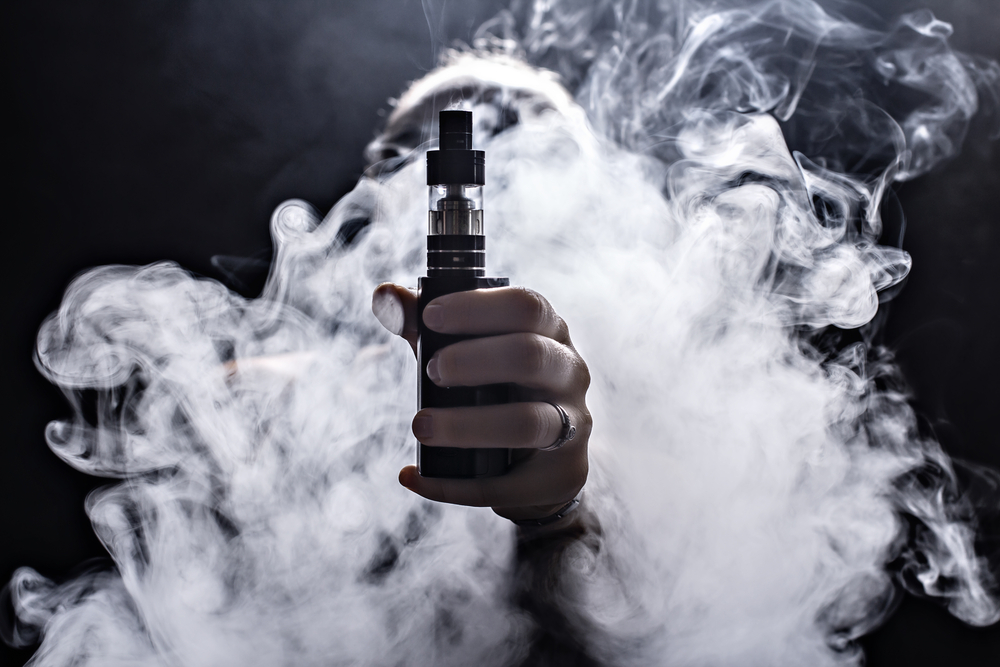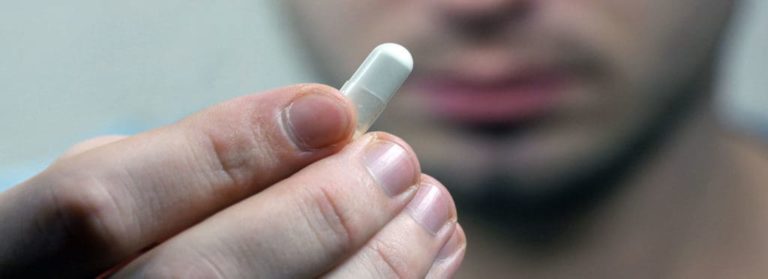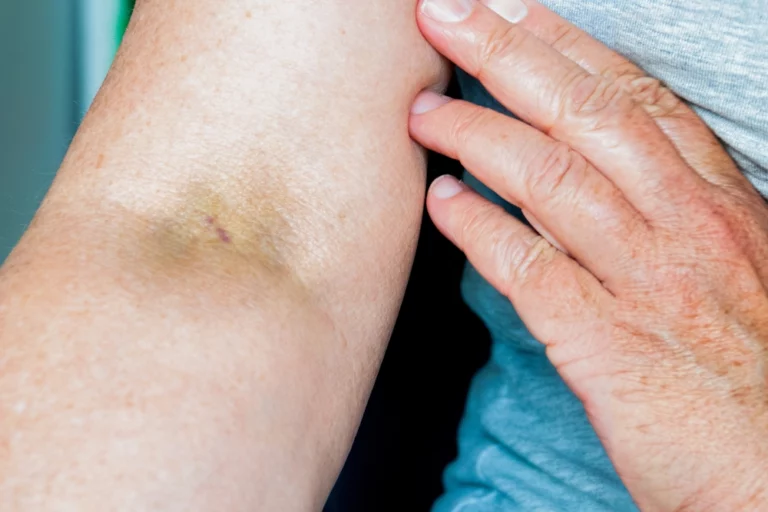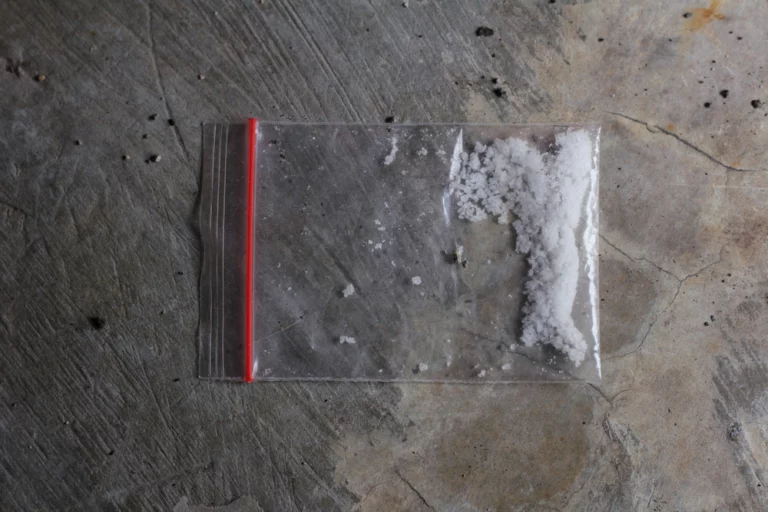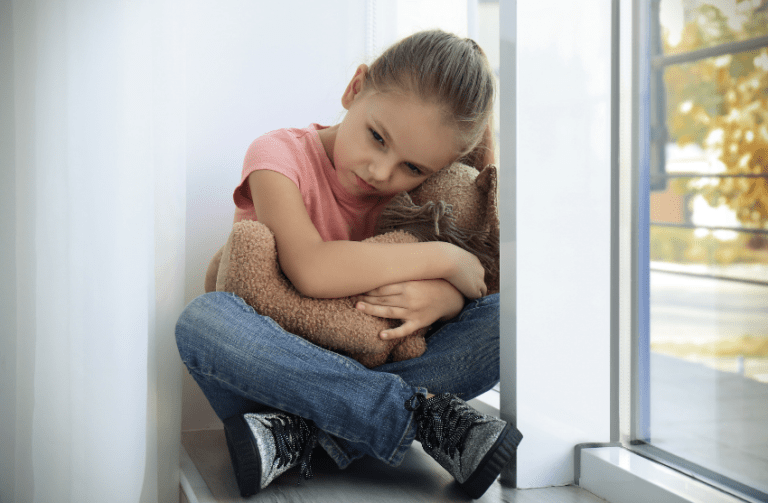Is Your Child Struggling with Vaping Addiction?
Vaping addiction has become a huge problem among adolescents. In fact, e-cigarettes have been the most popular tobacco product among young people since 2014. Approximately 13% of high school students and about 30% of middle school students said they had used electronic cigarettes—also known as vaping—in the past 30 days in 2022.
This is alarming since vaping addiction poses various health risks. Continue reading to learn more about vaping, the side effects, and what you can do if you would like to quit or to get your child to quit.
What Exactly is Vaping?
Vaping is when an individual inhales a vaporized liquid from an e- cigarette or another vaping device. The e-cigarette or “vape pen” heats up a liquid until it becomes vapor, which is then inhaled. E-liquid or “vape juice” is the liquid heated to create vapor. E-cigarettes may be refilled or ready-filled with e-liquid cartridges. Pre-filled e-cigarettes are single-use items. After taking a certain number of hits or puffs, the user discards the device.

Vape pens are used to inhale e-cigarette liquids, which are made up of nicotine, artificial flavoring, water, propylene glycol or vegetable glycerin, and other additives. Vape juice might be difficult to identify because some e-cigarettes marketed as ‘Nicotine-free’ have been found to contain a small amount of Nicotine. In addition to vape juices, vape pens may also deliver Marijuana and other illegal substances.
Is Vaping Worse Than Smoking?
E-cigarettes were first marketed as a “safe and effective” alternative to smoking tobacco cigarettes. Even though e-cigarette aerosols were first marketed as a “safe and effective” alternative to smoking and contain fewer chemicals than the 7,000 toxins found in combustible cigarette smoke, harmful chemicals are still present such as nicotine, cancer-causing agents, lead and tin, and volatile organic compounds.
Despite the fact that electronic cigarettes can be used as a complete substitute for cigarettes and other smoked tobacco products, the Food and Drug Administration (FDA) has not yet approved vape pens as smoking cessation devices. The e-cigarettes have fewer chemicals than combustible cigarettes, but the substances they do contain, including nicotine, may still pose a health risk to individuals.
Vaping in the United States
There are some concerning trends in vaping statistics, particularly in regard to teen vaping statistics. According to the National Institutes of Health (NIH), vaping devices are being used by teens in record numbers. Despite the fact that tobacco use among young people is at a record low, researchers and doctors are concerned that vaping will contribute to a gradual transition to traditional cigarettes, resulting in higher smoking rates overall.
According to the 2022 National Youth Tobacco Survey, over 2.5 million U.S. middle and high school students are using e-cigarettes in 2022.
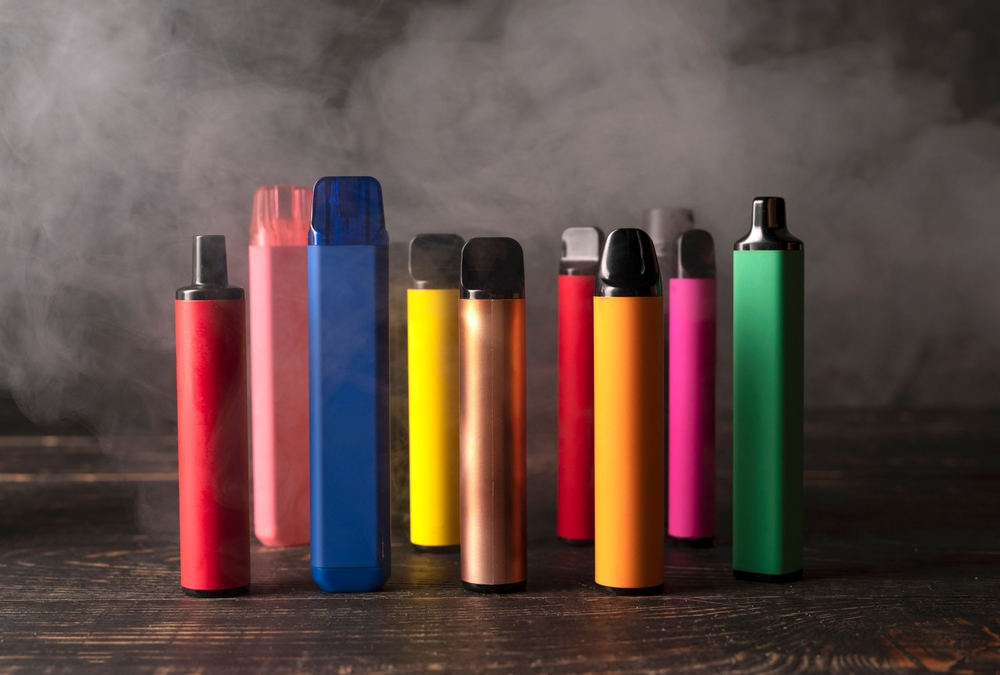
How Addictive is Vaping?
Nicotine, a highly addictive chemical compound found in tobacco plants, is one of the substances used in e-cigarette products, therefore vaping is highly addictive. Nicotine is absorbed through the blood vessels in the lungs when someone inhales the vapor. The drug is absorbed quickly and reaches the brain in as little as 10 seconds. As time passes, Nicotine increases dopamine levels in the brain’s reward centers causing the individual to crave more of the substance.
A recent study found that the majority of people who wanted to use e-cigarettes to quit Nicotine ended up continuing to use traditional e-cigarettes. A higher level of Nicotine addiction among young adults was discovered in e-cigarette use compared to traditional cigarettes in a National Library of Medicine study.
Is Your Child Vaping?
It is critical to be aware of risky behavior like vaping whether your child is at home or in school. Here are signs to look out for:
Health Issues
Whether nicotine or marijuana, vaping contains poisonous chemicals that are harmful to your child’s lung and heart health. Symptoms of potential vaping include chronic coughing, difficulty breathing, increased phlegm, or bronchitis. Other signs of vaping include bleeding noses, increased thirst, sleep alterations, and minor taste loss from ‘vapor tongue’
Behavioral Issues
Using substances such as nicotine or marijuana at an early age can make your child more susceptible to their adverse effects, as the human brain does not fully develop until the age of 25. Your child may become more anxious, irritable, and unable to remember things. Their school performance or IQ may decline, as their impulsive, reckless behavior may increase.
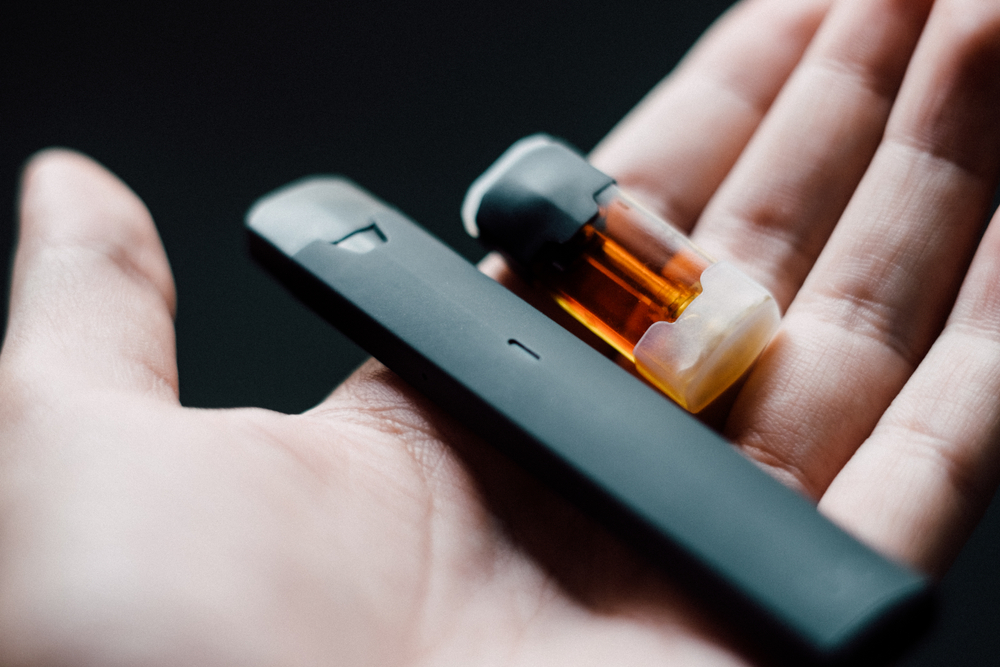
Strange Scents
Although the U.S. Food and Drug Administration banned most flavored vaping cartridges and pods in January 2020, youth in some states may still obtain flavored nicotine e-liquid. The e-liquid includes a big variety of scents, including cake, mint cookies, and lemon. If you detect an unfamiliar aroma in your home and cannot figure out what it is, it may be a vape.
Finding Unfamiliar Objects in Home
Vape devices come in many shapes and sizes, and their designs are always changing. Some look like normal cigarettes or pipes, while others appear like USB flash drives or pens. Unusual objects around your house may be connected to vaping or electronic cigarettes. The Centers for Disease Control and Prevention (CDC) provides a free E-Cigarette, or Vaping, Products Visual Dictionary online to help you recognize some common models and components.
Negative Effects of Vaping Addiction
Scientists are still learning about the long-term health effects of e-cigarettes, which are still new to the market. Scientists have discovered that vape pens produce a number of toxins that, when inhaled, may cause irreversible lung damage and lung disease. E-cigarettes, for example, often contain acetaldehyde, acrolein, and formaldehyde. These aldehydes may cause lung and cardiovascular (heart) disease. Nicotine, in addition to altering synapse formation in the brain during adolescence, can alter learning and attention. Vaping has additional health effects, including:
- Asthma exacerbations
- Lung damage from inhaling acrolein, a herbicide used to eliminate plants
- Chronic obstructive pulmonary disease (COPD), a group of diseases that result in airflow blockage and respiratory issues
- Slowed brain development in young people, continuing into the early to mid-20s.
There is evidence that e-cigarette use is strongly linked to the use of other tobacco products, such as cigars, hookahs, regular cigarettes, and smokeless tobacco. E-cigarettes may be connected to alcohol use or other substance use, such as marijuana. Certain e-cigarette products can even be used to deliver marijuana.
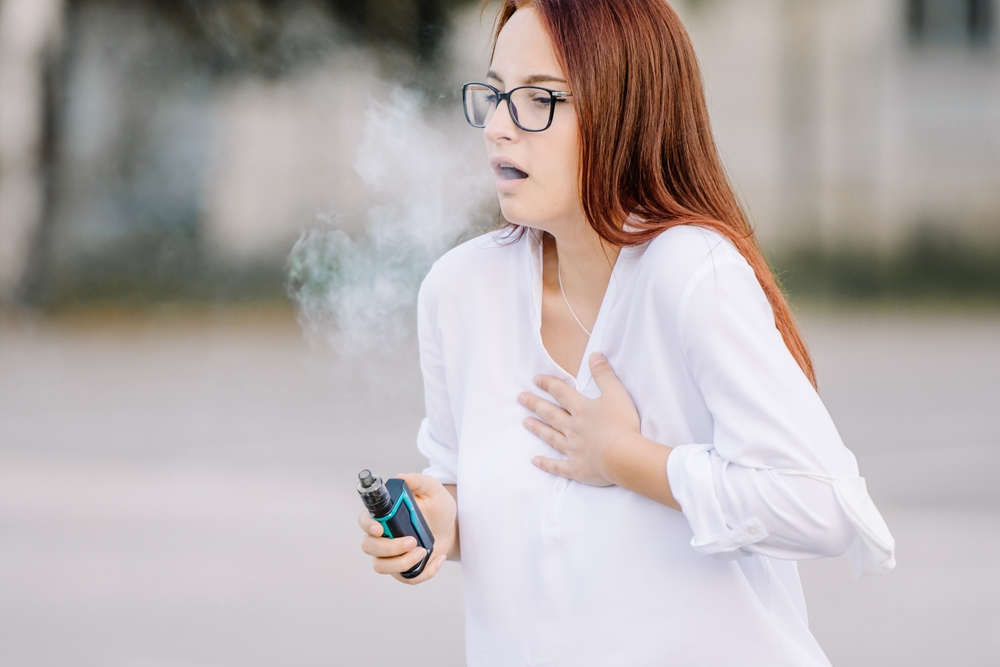
E-cigarettes are also risky because of the chance of physical injury. Defective vape pen batteries have been reported to cause fires and explosions, with some resulting in severe injuries. Most of the explosions occurred when the e-cigarette batteries were being recharged. E-cigarettes can also cause harm to those around them, even if they don’t actually touch them, because they are still inhaling chemicals.
How to Help Your Child Stop Vaping
The FDA has placed restrictions on vaping in the last decade, but addiction is still a problem in many areas. Parents striving to keep their teenagers and young adults away from vaping should rely on prevention. In addition to family therapy, there are other ways to successfully help them quit:
Educate Yourself
In order to communicate the dangers of vaping to your child, you must be informed on the matter. There are many anti-drug initiatives that provide vaping guides for free. Parents must learn as much as they can about vaping, vaping devices, what is being vaped, and the risks involved.
Communicate with them
There is plenty of information available about the harmful effects of vaping. Be sure to listen carefully and ask open-ended questions like ‘how do you feel about vaping?’ Do not lecture your children, as this may push them towards vaping. Use community resources such as TV ads, billboards, and school district letters to start a discussion.
Set a Good Example
Do everything in your power to quit smoking or vaping if you currently do. If you can’t, promise not to smoke in your child’s presence. Create a smoke-free environment in your home by not allowing family or friends to smoke or vape there.
Establish Rules
It is crucial to set rules when it comes to smoking and vaping while navigating your child’s teen years. Say no and stand by your decision. Once your child knows that vaping will not be tolerated, they may turn to hiding their habit from you, but it is important to not back down.

Oasis Recovery Center is Here for You
Vaping addiction has the potential to lead to other, more perilous addictions. If you are struggling with an addiction or are worried that your child may have developed a dangerous drug or alcohol addiction, we are here to help you.
Oasis Recovery was created due to the founders’ first-hand experience with addiction and recovery. Oasis Recovery provides mental health care in addition to compassionate and open-minded recovery assistance for addiction of any kind. We know that anyone can overcome their addiction with the right support and guidance.
Our expert treatment specialists will tailor an addiction treatment program to fit your needs. Please contact us for more information if you wish to overcome your addiction. You no longer need to battle your addiction on your own. We are here to assist you.



